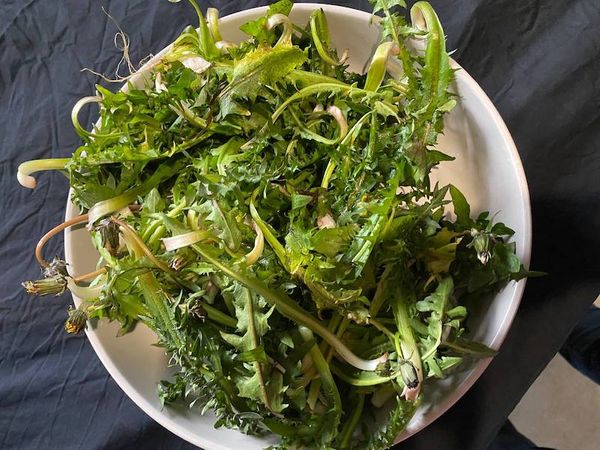In Greece, people eat well over 300 edible wild plants, many of them weeds! We call them horta and they are nutritional bombshells, bursting with vitamins, minerals and all sorts of other great things.
Foraging for food off the land is something native Greeks have been doing for centuries, and they are still doing it. Why wouldn’t they? With an abundant supply of natural, healthy organic food growing all around, it makes a lot of sense to forage for that which is freely available in natures larder. The mountains and surrounding landscape of the Mani is home to hundreds of edible superfoods high in vitamins, minerals, fibre and antioxidants growing wild. Moreover, there are close to 500 edible greens, herbs and mushrooms in the richly biodiverse garden of Greece.
Discover how the Maniotes, healthy eating enthusiasts and survivalists forage, find, prepare and eat some of the most sought after foods and medicines available for free.
Amaranth (Vlita) - Βλήτα
Available in abundance in the summer months and often a compliment to zucchini, Amaranth is cooked and used in pies, vegetable soups and boiled for salads.
Arugula - Wild Rocket (Roka) - Ρόκα
Roka is the Wild Rocket of Greece. Its robust peppery flavour makes it the perfect leafy green in salads with a dash of olive oil and vegetable casseroles.
Black Bryony – Wild Asparagus (Avronies) - Σπαράγγια
Grown and picked in spring and resembling thin-stalked asparagus, Black Bryony is one of the most sought after greens tossed in olive oil and cooked in omelettes.
Chervil (Kafkalithra) - Καυκαλήθρα
Available in abundance throughout Greece, the tiny leaves of this aromatic leafy green have a sweet flavour eaten raw or boiled for salads and pies.
Wild Chicory (Radiki) - Ραδίκια
Rich in vitamins and minerals, Wild Chicory is beneficial to cardiovascular health. The bitter-tasting Wild Chicory is typically eaten in salads.
Dandelion - Ραδίκια
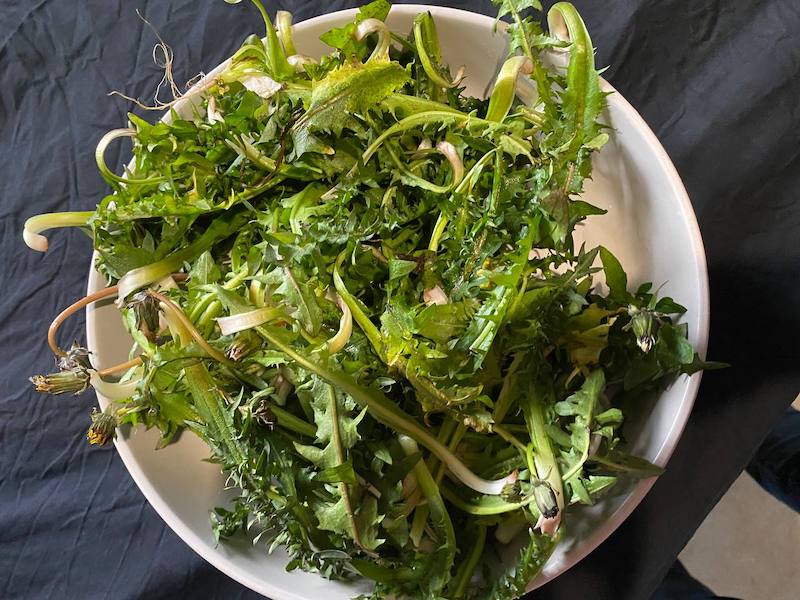
Garden cress (Kardamo) - Κάρδαμο
A winter perennial packed with vitamins, iron, proteins and fibre, Garden Cress is a popular garnish eaten raw with soups, salads, pasta and stews.
Lambs Quarters – Wild Spinach - Άγριο σπανάκι
Know by many different names, the high-protein seeds of Lambs Quarters is used for animal feed to fatten chickens, make flour or bread or as a substitute for spinach.
Mediterranean hartwort (Kafkalida) - Καυκαλίδα
Mediterranean Hartwort is one of the most aromatic greens for savoury pies and fillings that can be found everywhere around the Greek countryside.
Nettles (Tsouknida) - Τσουκνίδα
Abundantly available from winter to spring, Nettles are edible in pies and soups in Greece. Known for their antioxidant properties, they are an excellent remedy for insect bites.
White Mustard (Sinapi) - Σινάπι
Gathered in the spring, the tender shoots are considered the tastiest part of a plant for cooking. It is also an excellent antioxidant beverage for an unsettled stomach.
Sow Thistle (Zohos) - Ζοχός
Collected during the winter, Sow Thistle is very common in Greece and is an excellent addition to a salad when mixed with other greens.
Spiny Chicory (Stamnagathi) - Σταμναγκάθι
Grown in the wild around the coastline, Stamnagathi is becoming increasingly popular due to its medicinal qualities for relieving stomach pains and ulcers.
Purslane (Glistrida) - Γλιστρίδα
Another salad green eaten in the summer months, Purslane is rich in potassium and good for the heart and blood pressure. It tastes great when cooked eaten with Garlic and Greek yoghurt.
Shepards Needles (Myroni) - Μυρώνι
A member of the carrot family, Shepards needles is another aromatic green that is eaten raw in salads or used as a filling for pies.
Celery
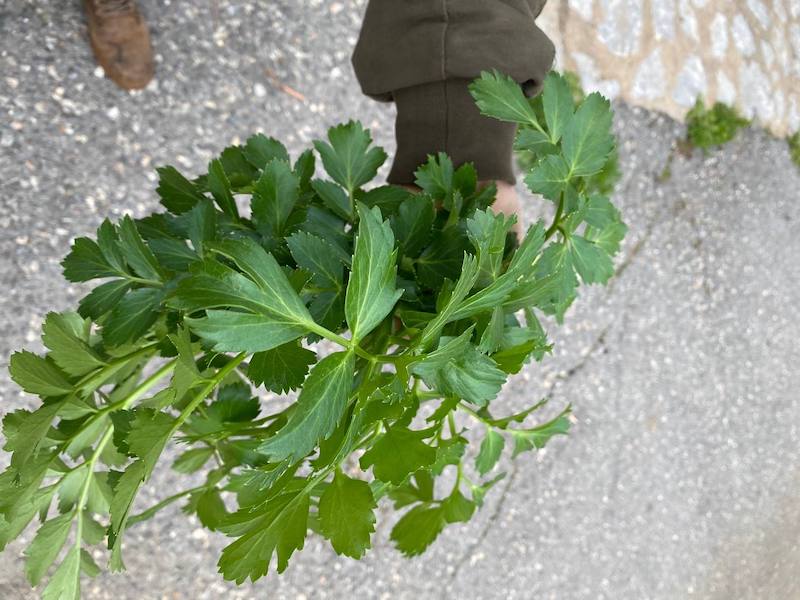
Rock or Marsh Samphire
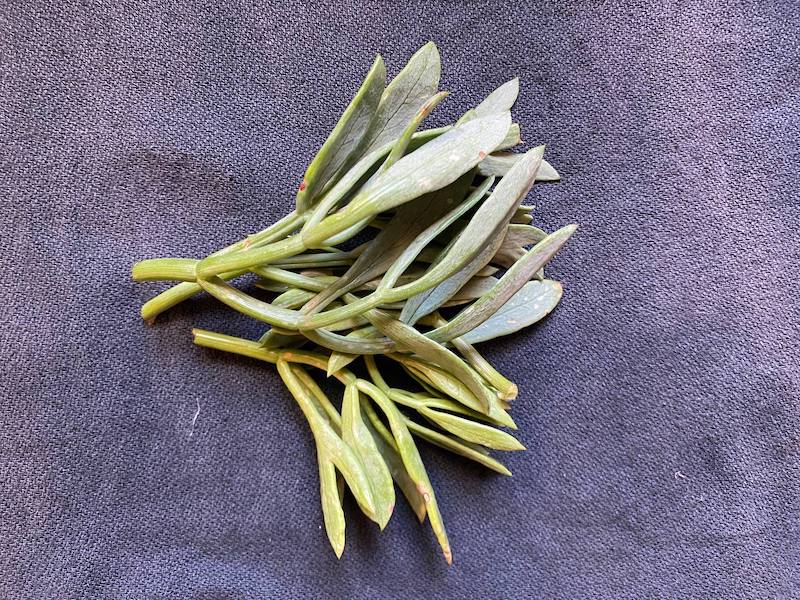
Caper Leaves
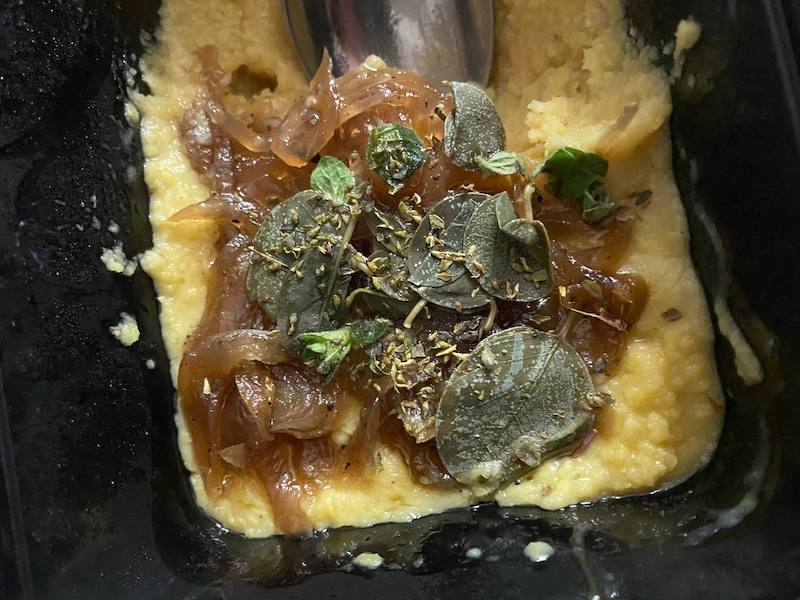
Fragosiko
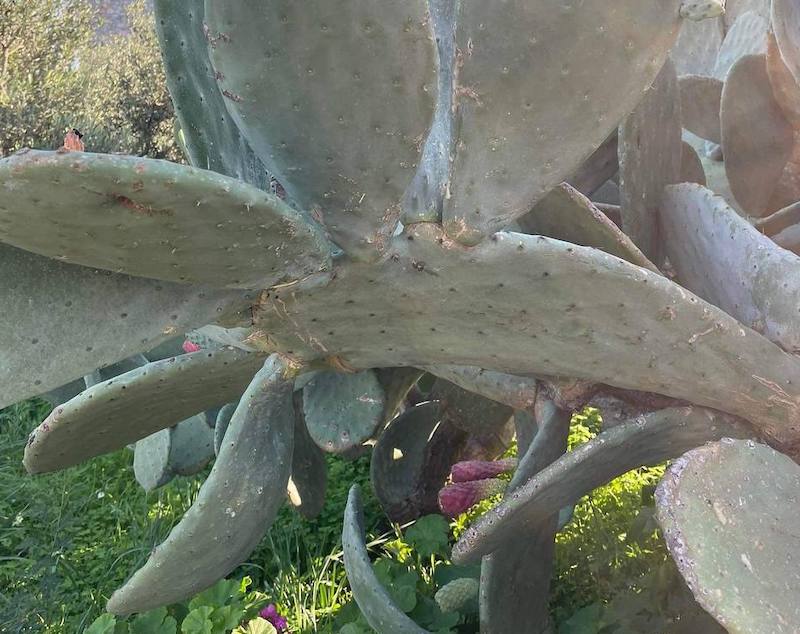
Wild Fennel
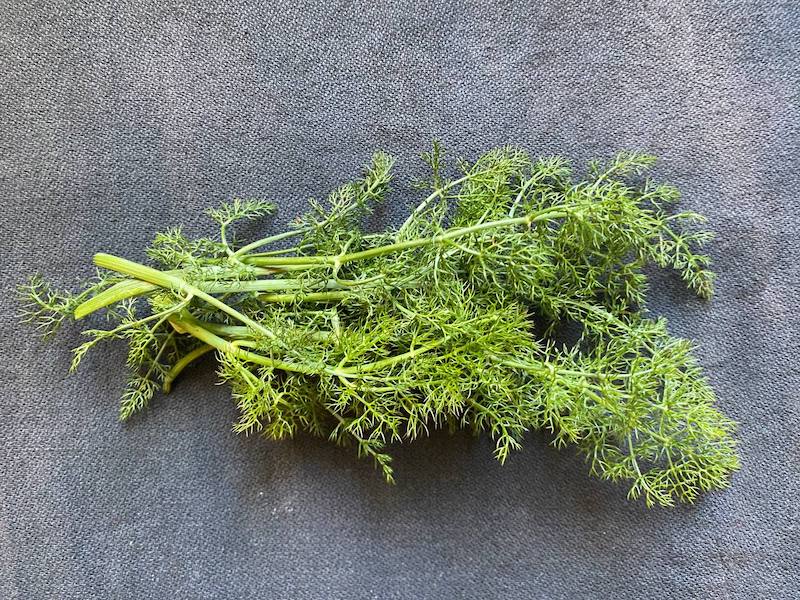
Rosemary
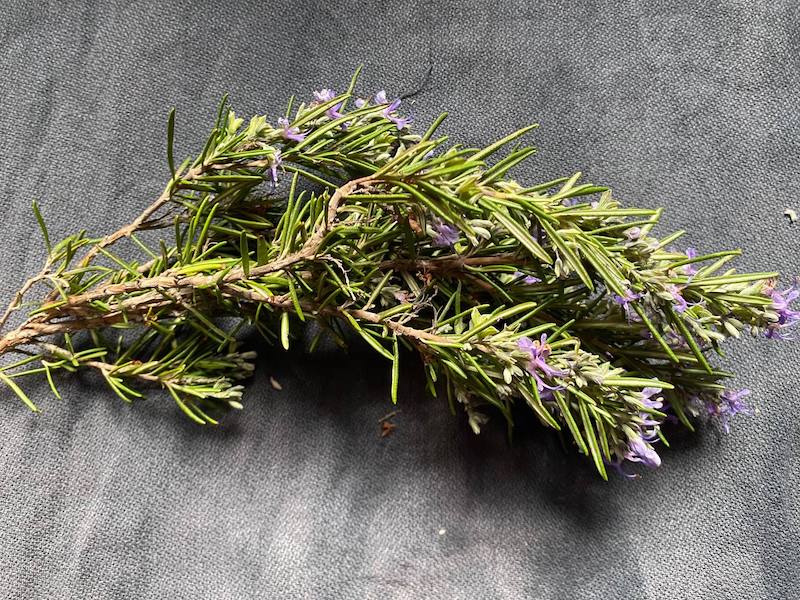
Mountain Tea
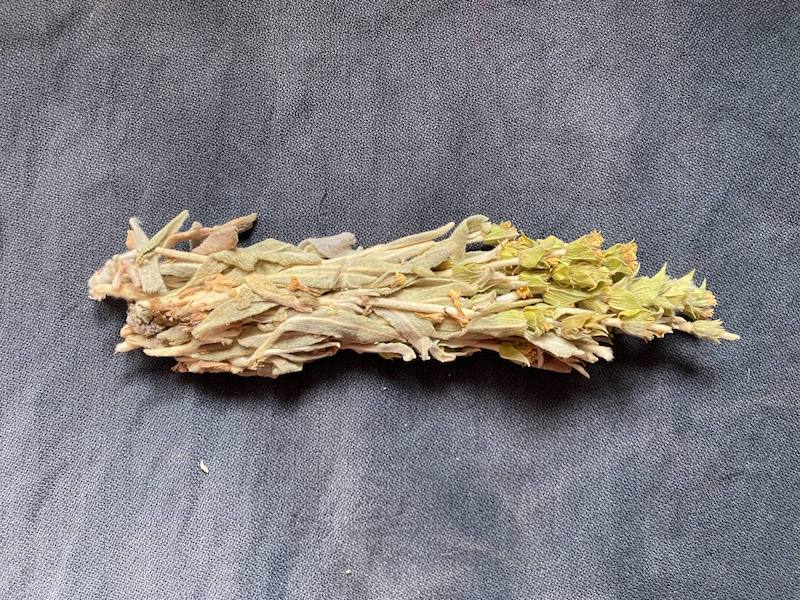
Mountain Sage
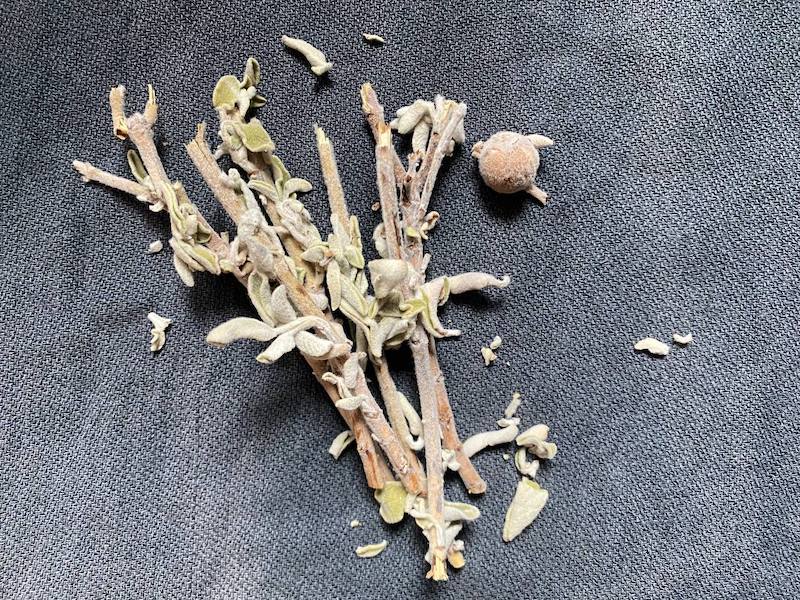
Parsley (Maidanos) - Μαιντανός : Loaded with Vitamins A, C & K for allergies and inflammation
Basil (Bassilikos) - Βασιλικός : vitamins iron, magnesium and flavonoids for cellular protection
Oregano (Rigani) - Ρίγανη : Reduces inflammation in muscles, joints and skin
Marjoram (Mantsourano): Strengthens the nervous system and reduces stress
Dill (Anithos) - Άνηθος : Packed with flavonoids minimising risk of heart attacks and strokes.
Mint (Menta) - Μέντα : Reduces indigestion, nerve disorders, dizziness and insomnia
Chamomile
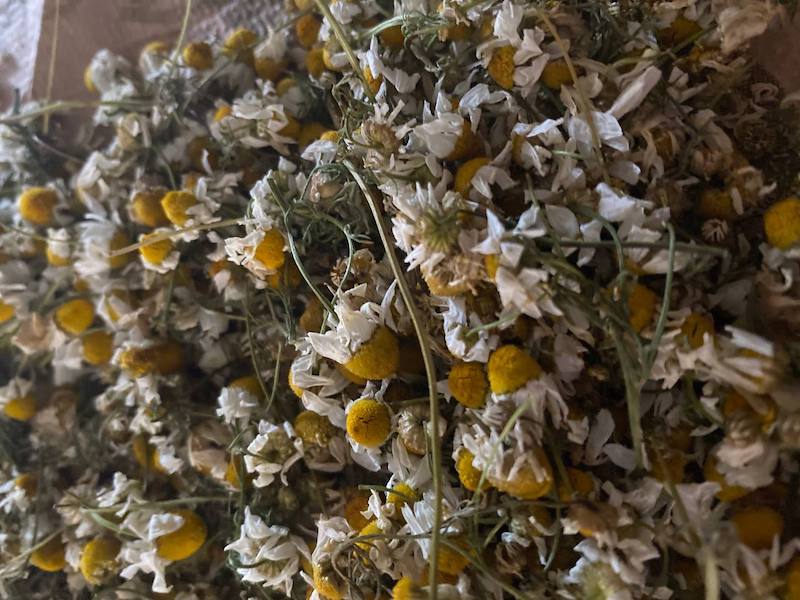
Thyme - Θυμάρι : Antiseptic properties that help fight respiratory infection
Foraging for leafy greens
Gathering and eating leafy green Horta is a long-standing tradition in Greece. It has helped the locals overcome lean times over the years. Still today, Horta is often regarded as a delicacy available in local restaurants and taverns. Being equipped with a sharp knife and bag for the spontaneous gathering of Horta when the opportunity arises is part of Greek culture. Much Horta is available in the rainy winter months though most plentiful in the Springtime (March to May). The leafy greens should be clean-cut, leaving the remaining root to sprout again, and gathered from remote and unpolluted areas.
Greek Horta
Edible leafy greens grown in the wild is what the Greeks refer to collectively as Horta. Horta is easily dismissed as a common weed or plant to the untrained eye and not something you will find on a supermarket shelf. This is unfortunate since these wild leafy greens are one of the healthiest things you can eat. Traditionally, Horta has been the staple diet for the rural population of the Mani since ancient times and is still enjoyed by many, along with a healthy serving of bread, cheese and olives.
The number of edible greens in and around the mountainous region of the Mani is too numerous to list in its entirety, but here is a select list of the most popular.
Health Benefits for Horta
The rise in obesity, diabetes and other health conditions associated with a poor diet has placed greater focus on he benefits of organic farming and the gathering of uncultivated plants and herbs. Going one further, many people value unfarmed, natural plants as much for their medicinal properties as their nutritional. It is understood that Horta cleans the blood and aids the digestive process. Some herbs and plants are gathered almost entirely for their health benefits, think Borage leaves, Dandelion and Nettles. Eating cold and raw green leaves is the healthiest way to consume Horta since cooking and heating reduce the plant’s vitamins and other nutritional properties.
Horta preparation and cooking
Horta must be thoroughly washed before consumption. We do this by soaking the green leaf in water and rinsing it 2-3 times. Once free of dirt, we are ready to cook by bringing a pot of water and salt (to taste) to a boil for 15 minutes.
When eaten as a salad, the greens are topped with olive oil, salt, lemon or vinegar for bitter leaves and served with lamb, cheese and a thick wedge of bread. Other cooking options include adding the cooked leaves to stews, soups and casseroles. Making a Hortopita Pie with a mixture of greens, handmade phyllo, and aromatic herbs like dill or parsley is another favoured option. It is also worth mentioning that some plants, such as caper and Yellow Salsify, are excellent for pickling.
Aromatic and Medicinal Wild Herbs
Greece has the perfect climate for growing herbs, which is why you can find them in plentiful supply growing wild in the mountains and meadows. Predominantly used for seasoning, wild herbs are also sought out for their medicinal qualities. Herbs such as Chamomile, Mint and Wild Mallow are used as herbal teas and remedies to alleviate common ailments such as insomnia, coughs, colds, indigestion and upset stomachs for centuries.
Food for survival in the wild mountainous garden
Combined, Horta, fungi and the wild herbs found in and around the mountains of Southern Greece are a substantial natural resource. It continues to be an accessible source of food for the local population to enjoy, and the nutritional benefits of uncontaminated organic foods freely available can not be overstated. One can add to this list the region’s abundant supply of local fishing, sea fauna, hunting and locally grown fruits and nuts like olives, oranges, lemons and chestnuts. All in all, few populations worldwide are better equipped to survive a natural or man-made disaster with the abundance of edible fauna in the biodiverse landscape of the Mani.
Wild greens are amongst the Greek land’s most precious gifts. Upon discovering them, or rather re-discovering them, they reveal important nutritional secrets and benefits!
Boost your immune system
Actually, wild horta are a super food, are high in antioxidants, and with an abundant quantity of fiber, a great aid in the digestion process. Wild plants are genetically stronger and more potent than commercially raised greens or herbs. Eating local wild plants means the plant fights off the same organisms as your body does. Making the wild plant more beneficial to your immune system.
Remember, some of the happiest, richest people in the world have nothing. This lifestyle requires sacrifices. You always need to be comfortable with a lifestyle that doesn’t afford you many material items. Yet, realise, that this way of life will provide greater rewards in many other ways.
Here’s a short list of common wild greens with familiar names that Greek people seek out.

